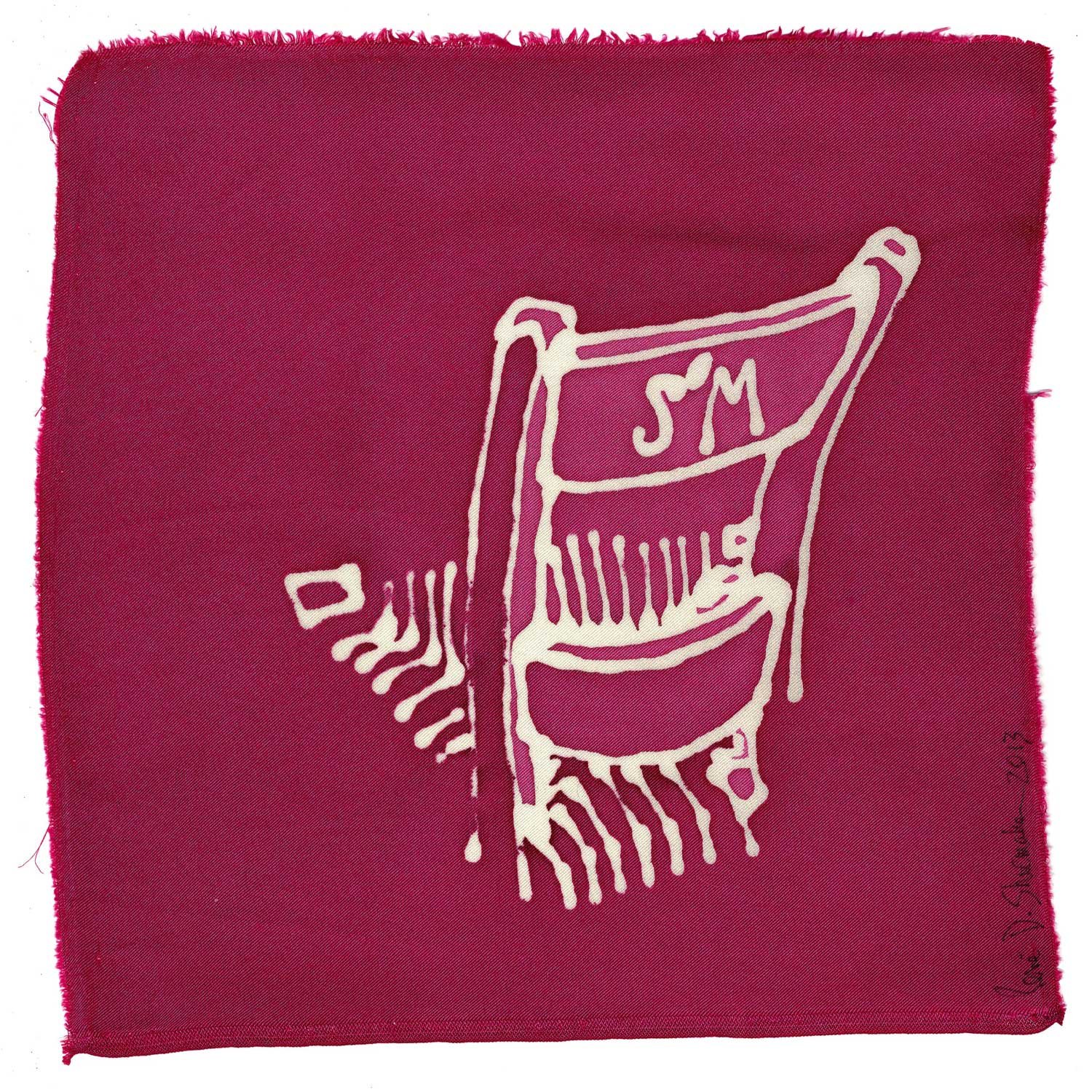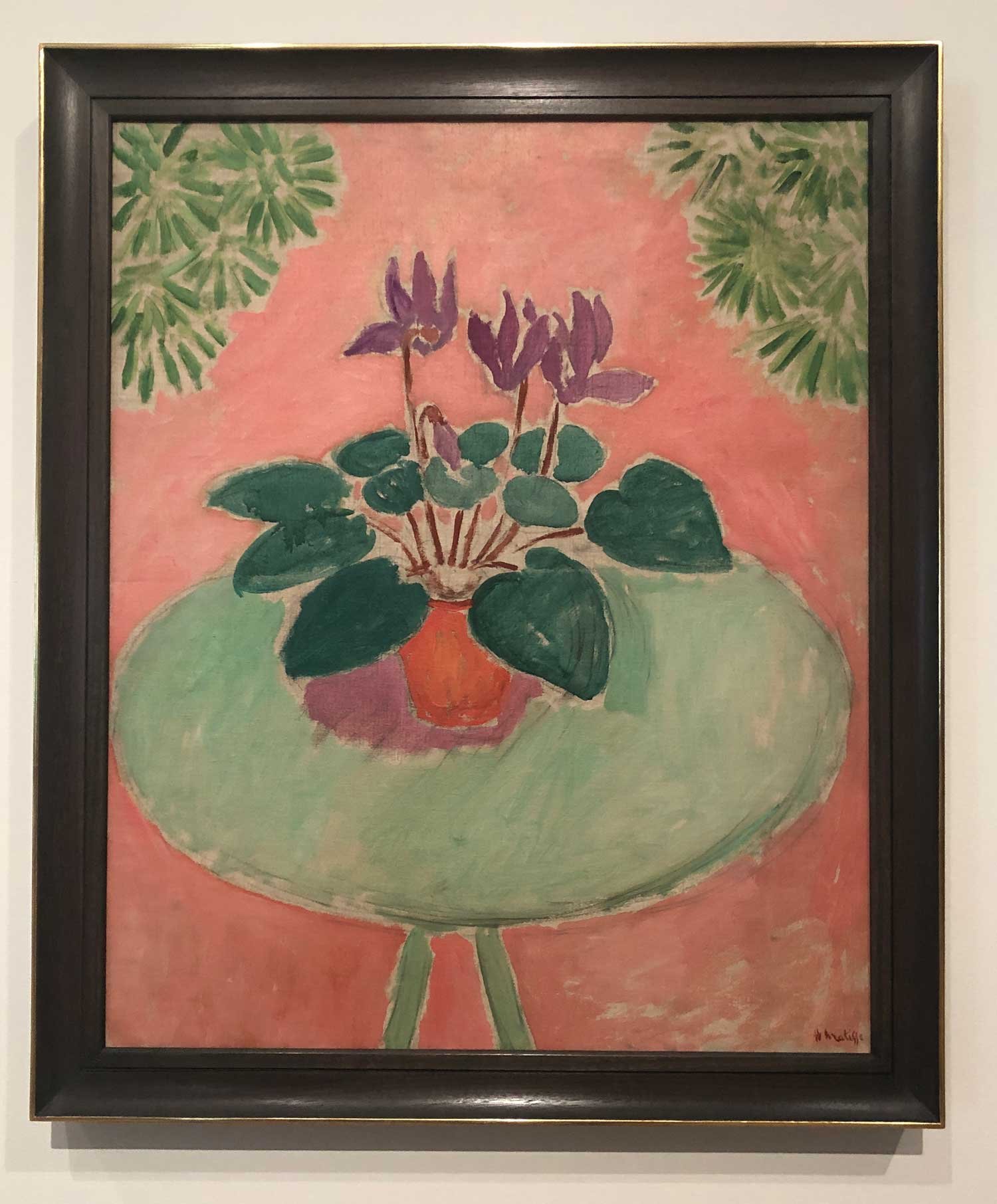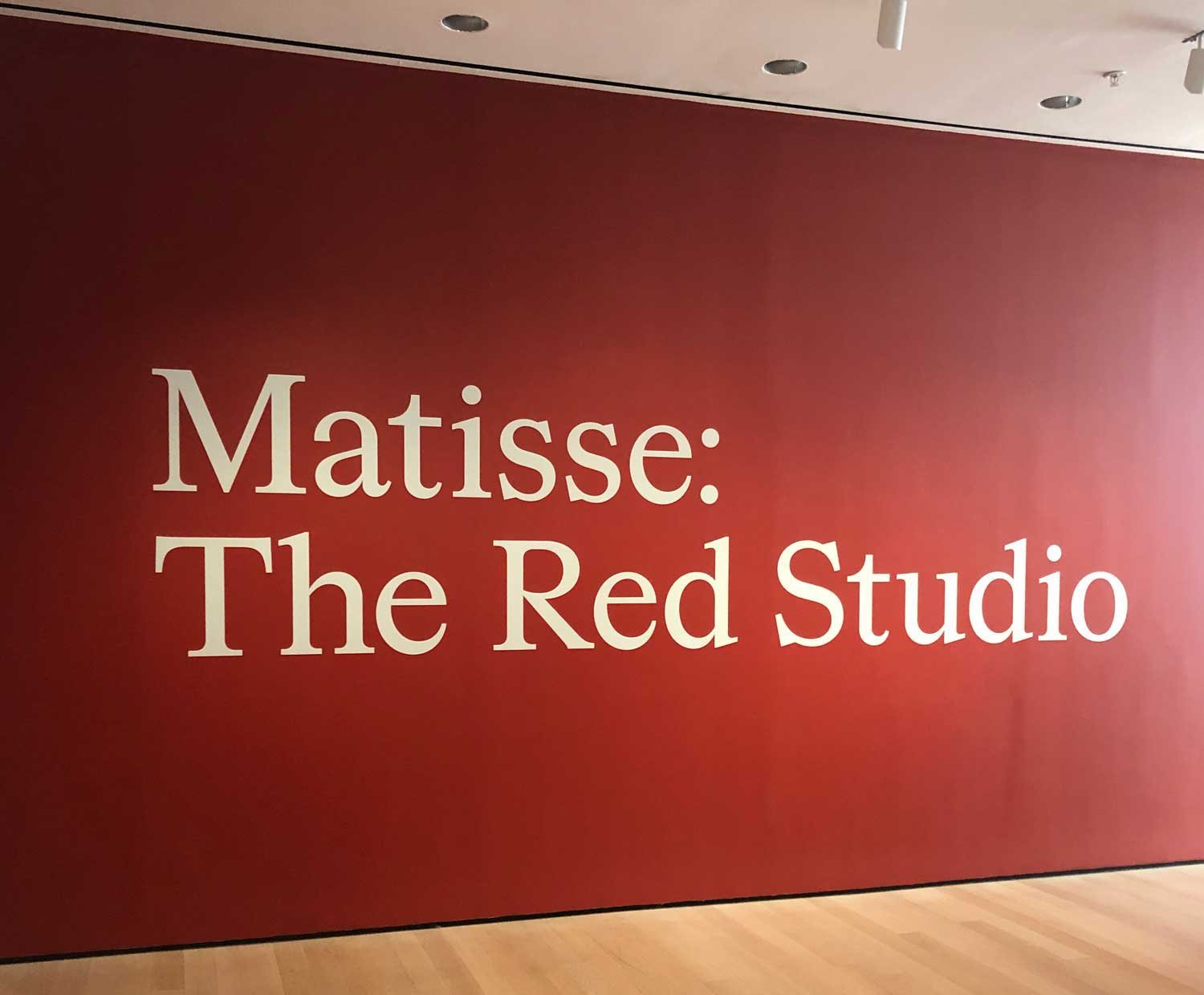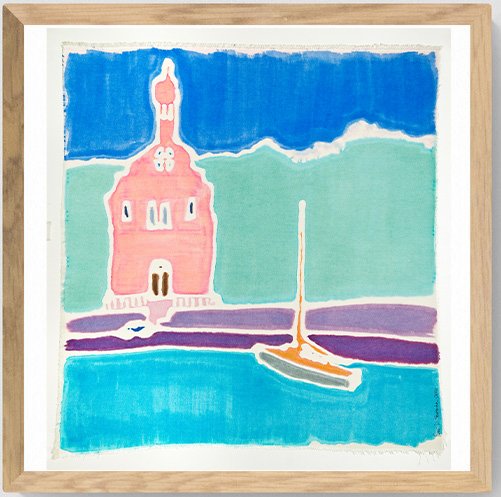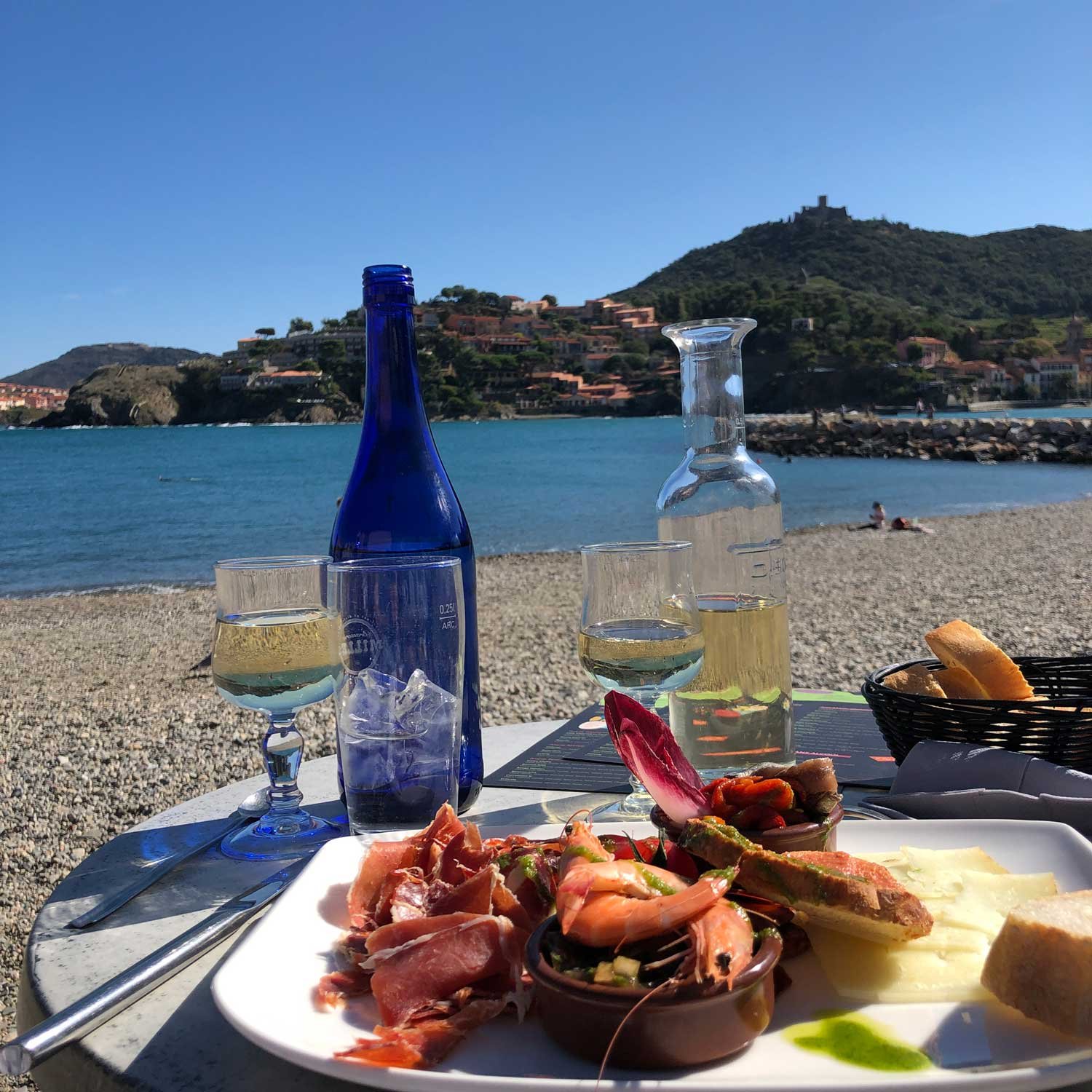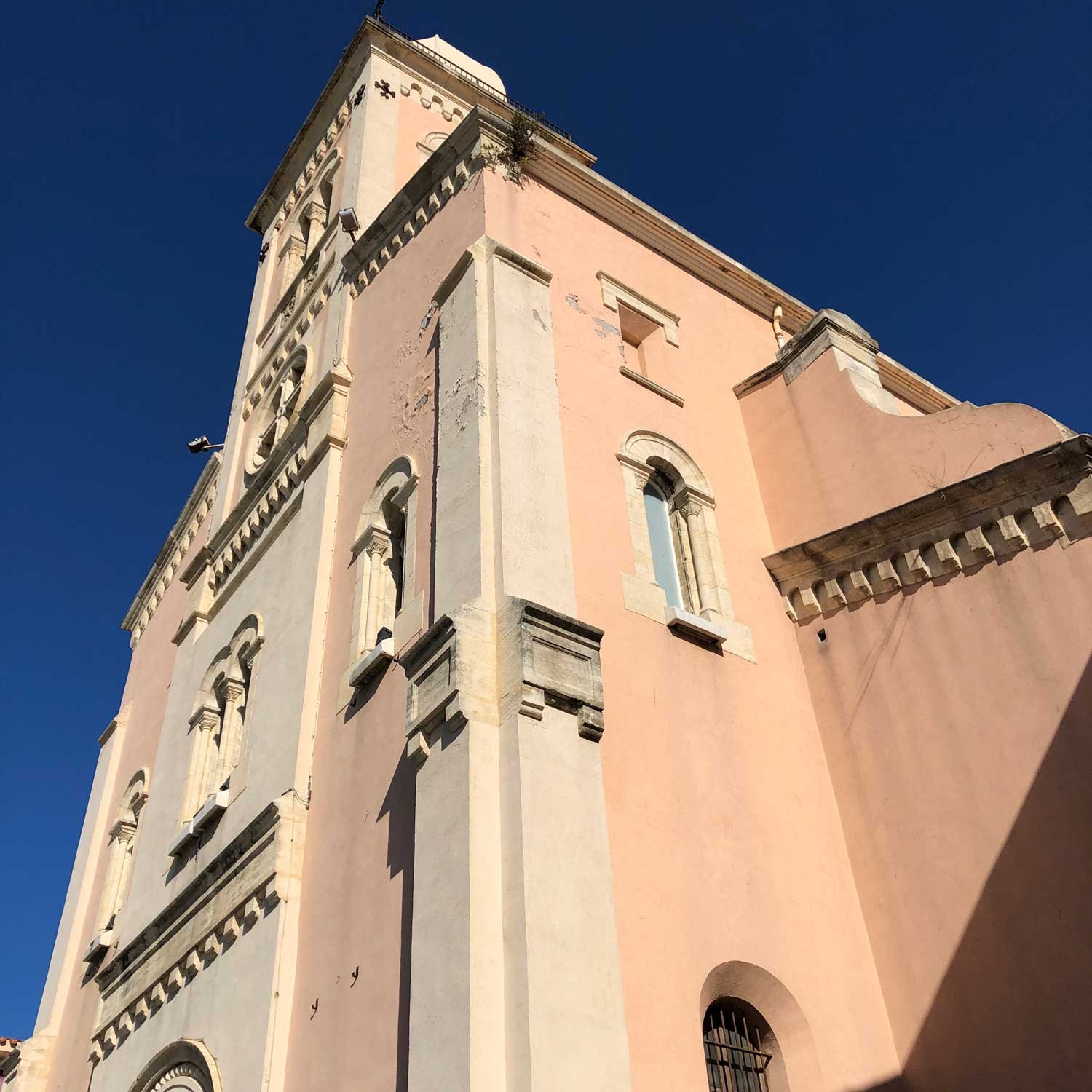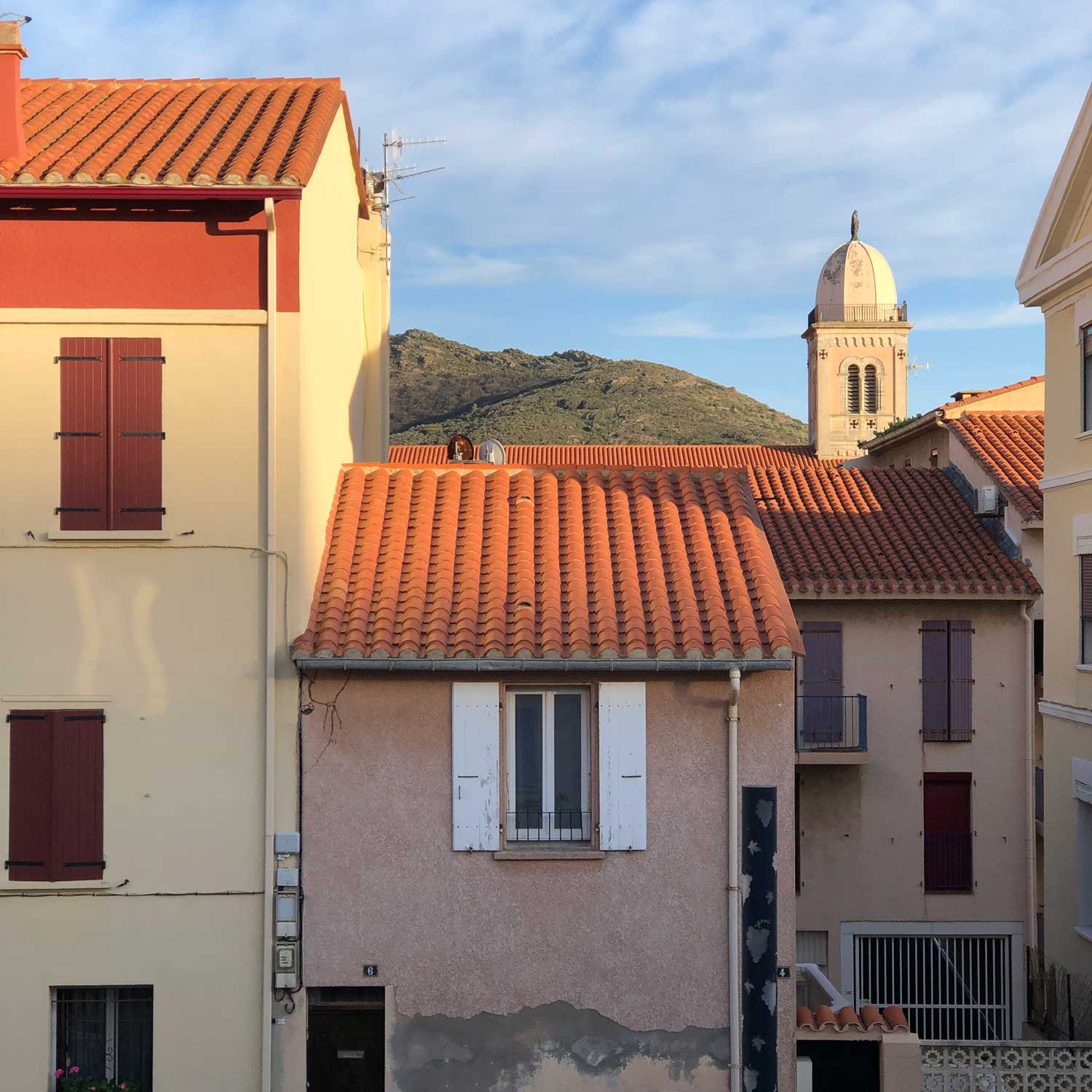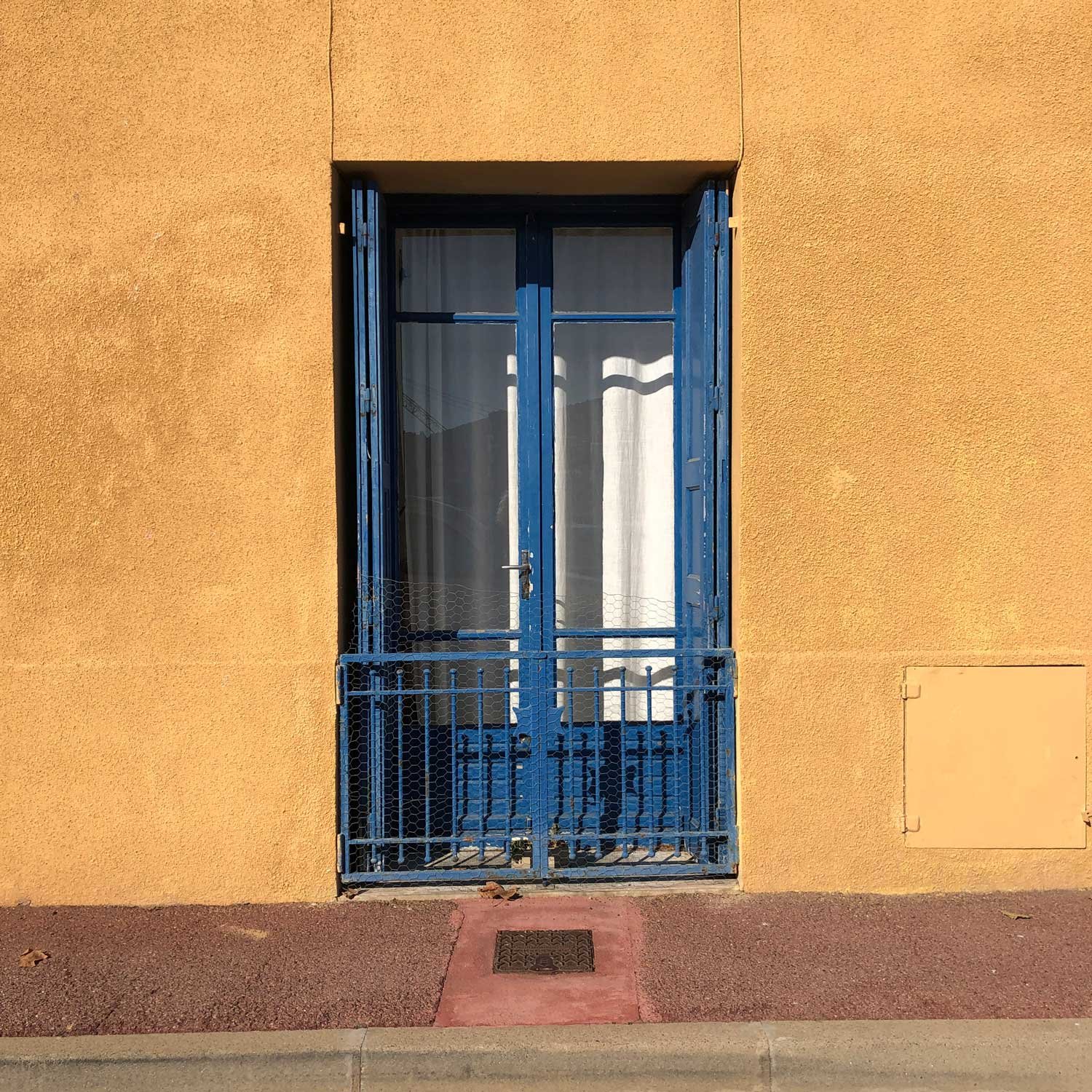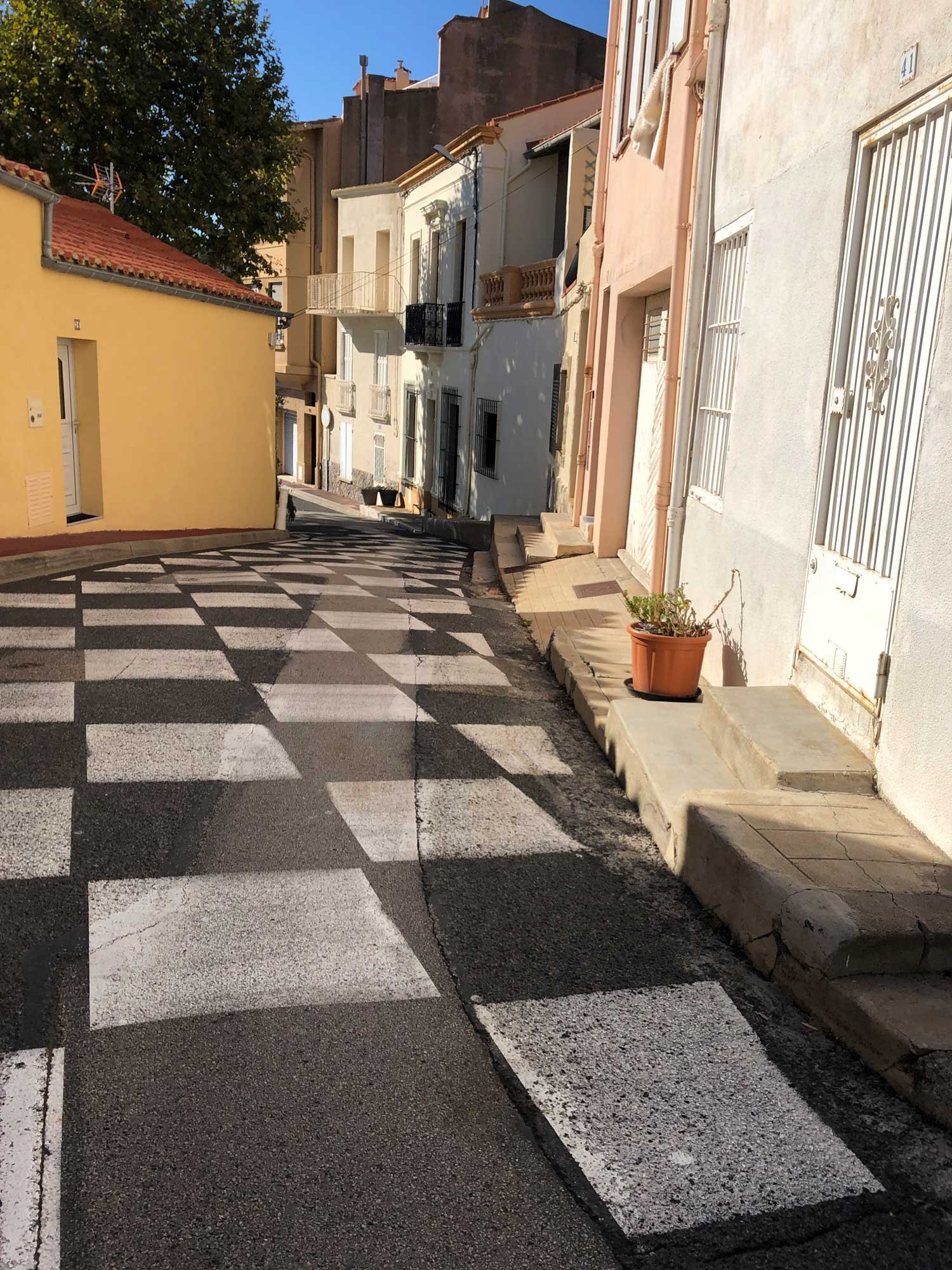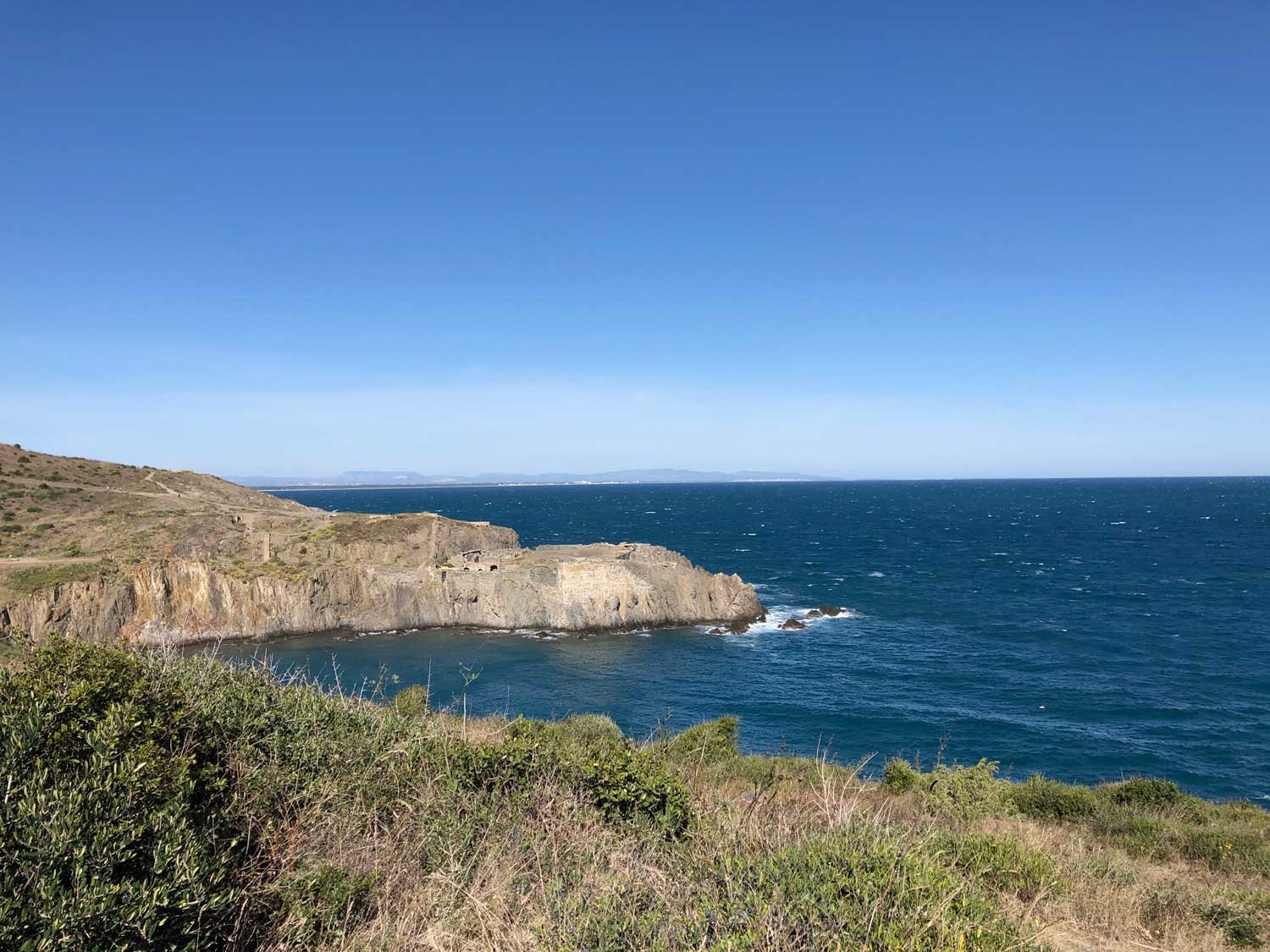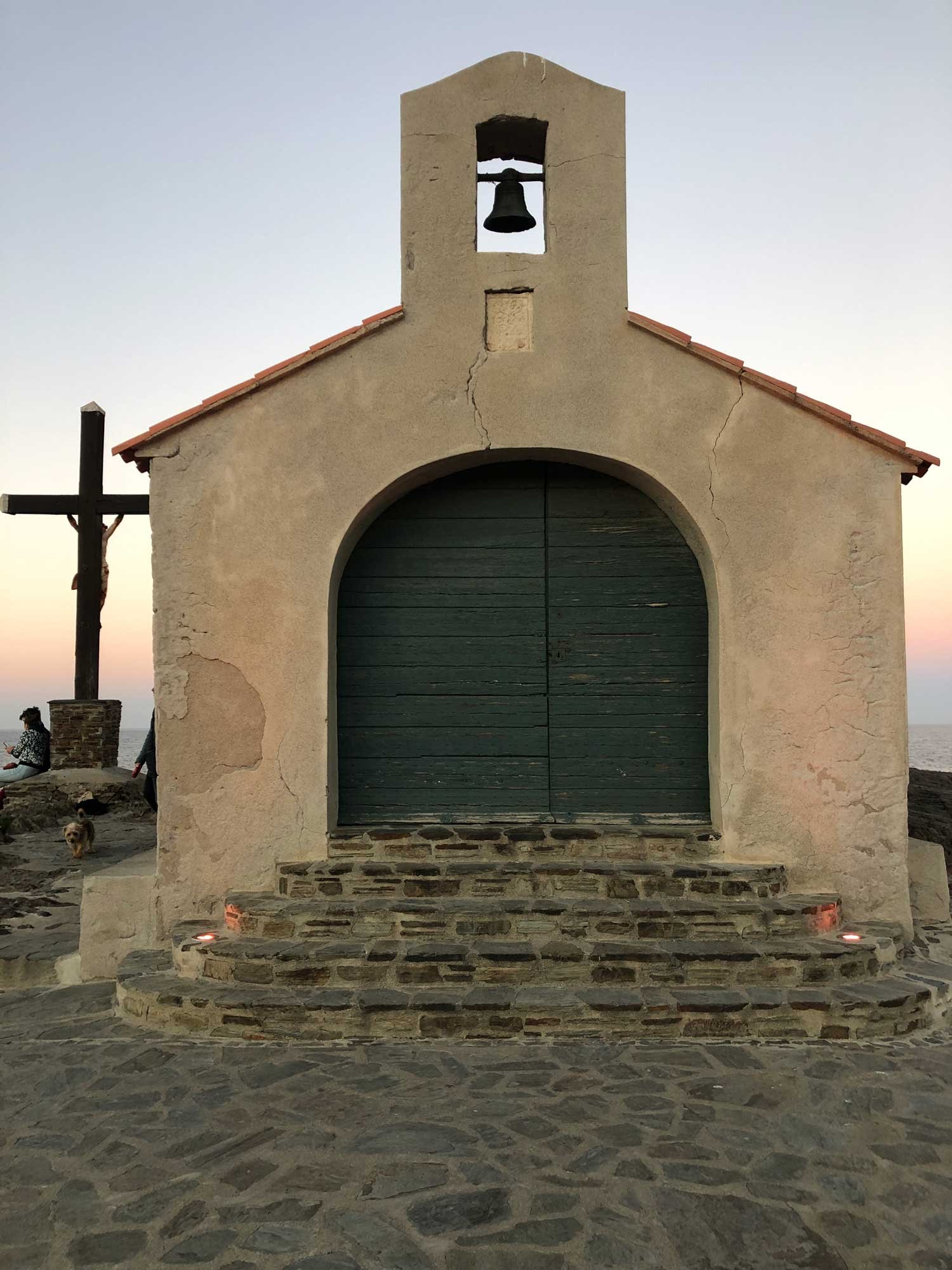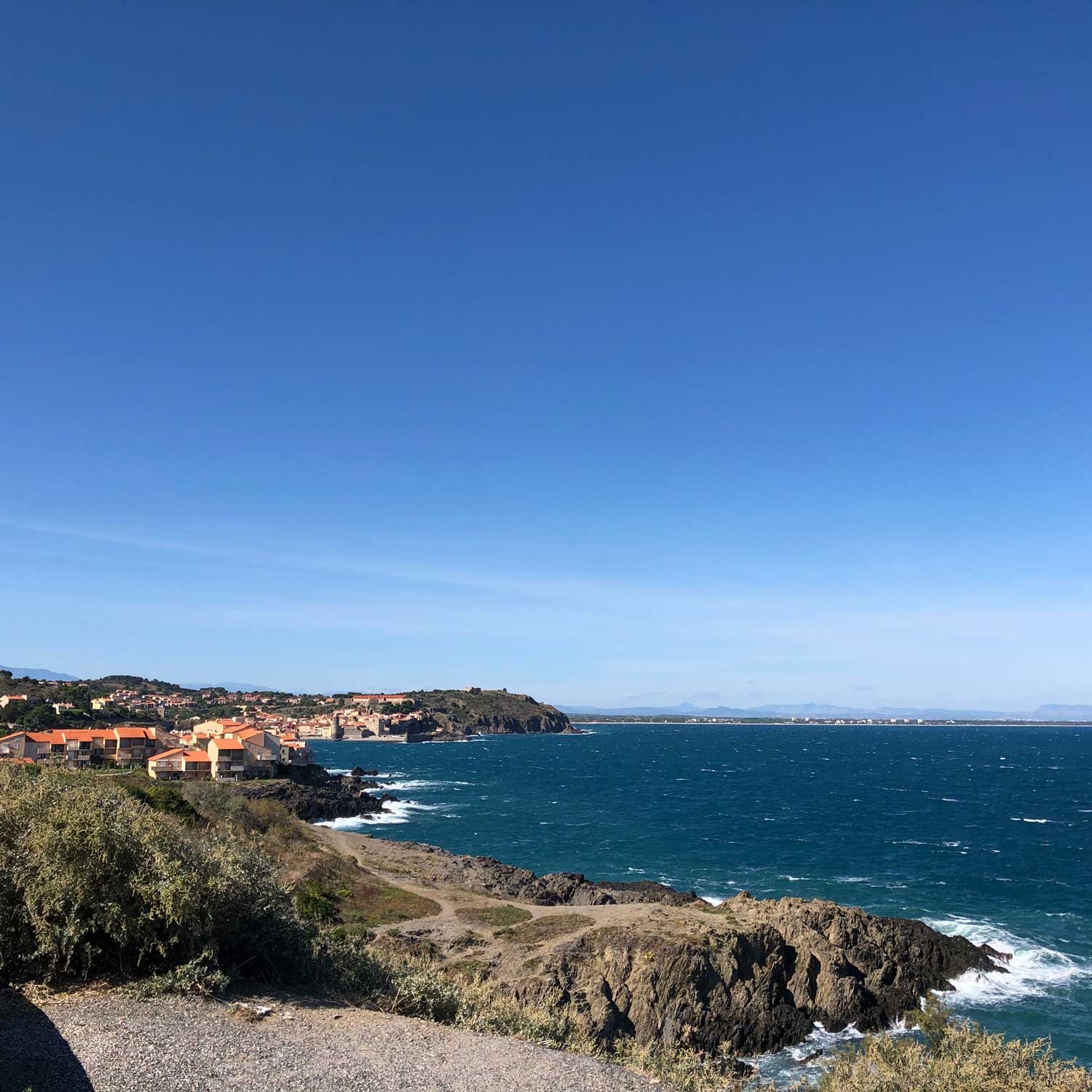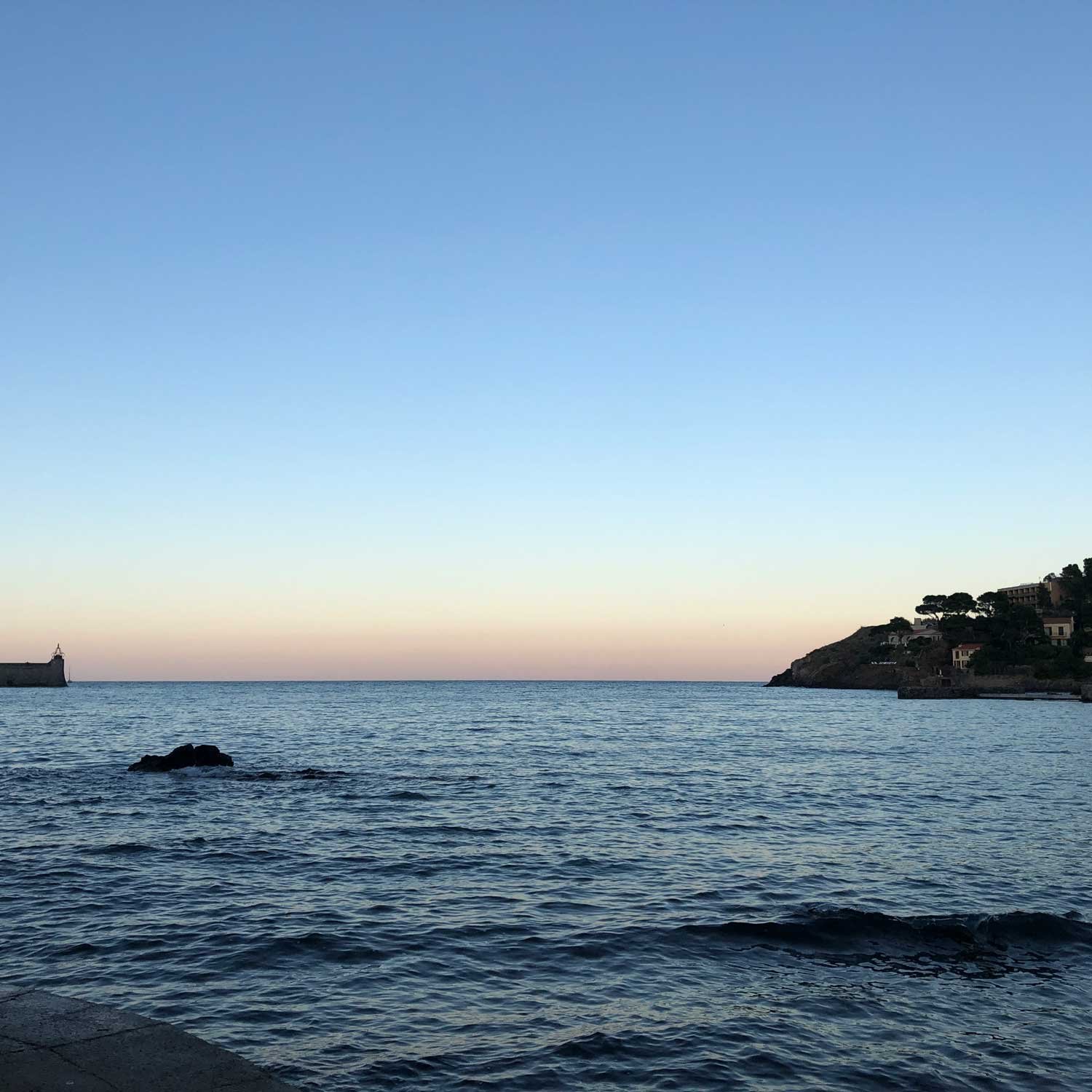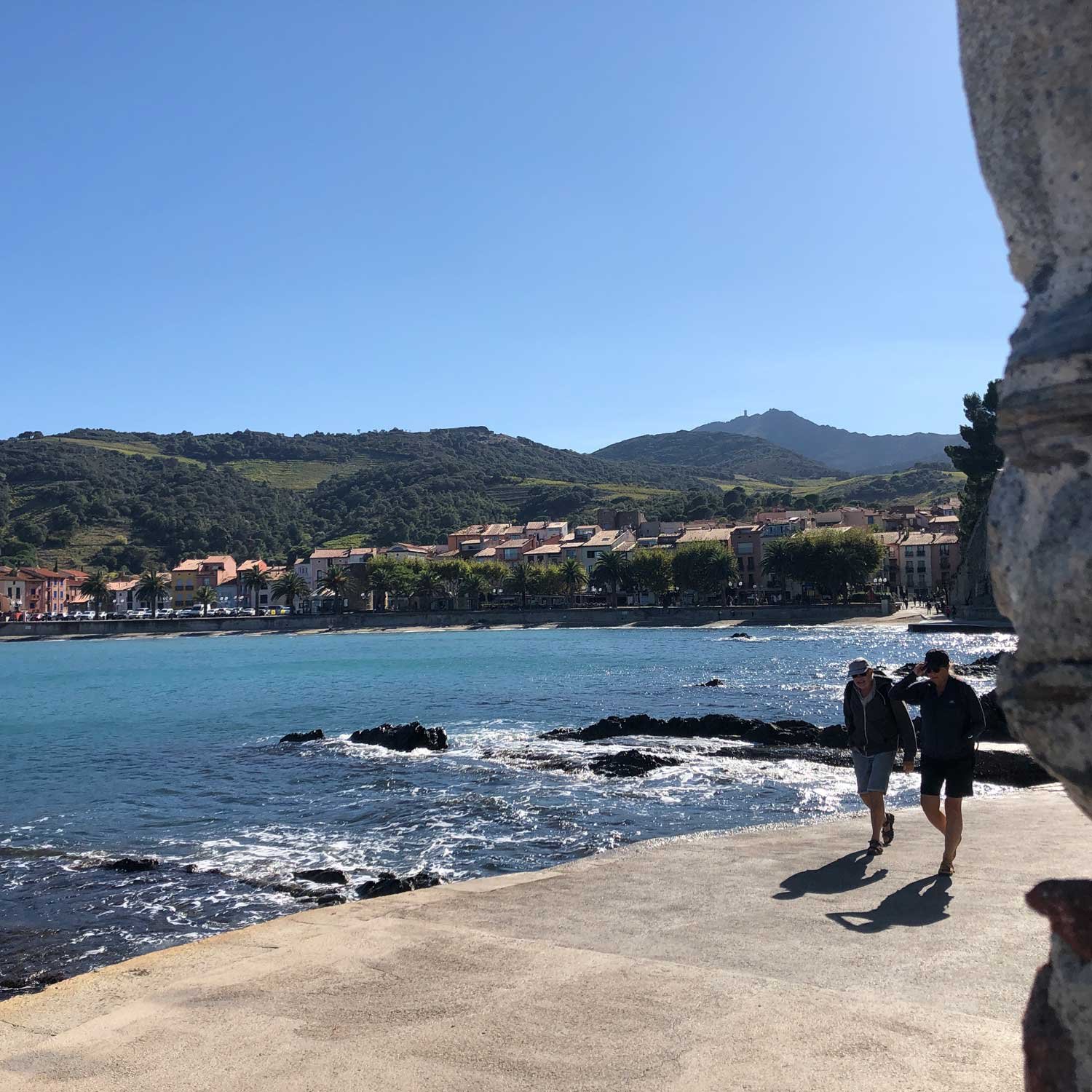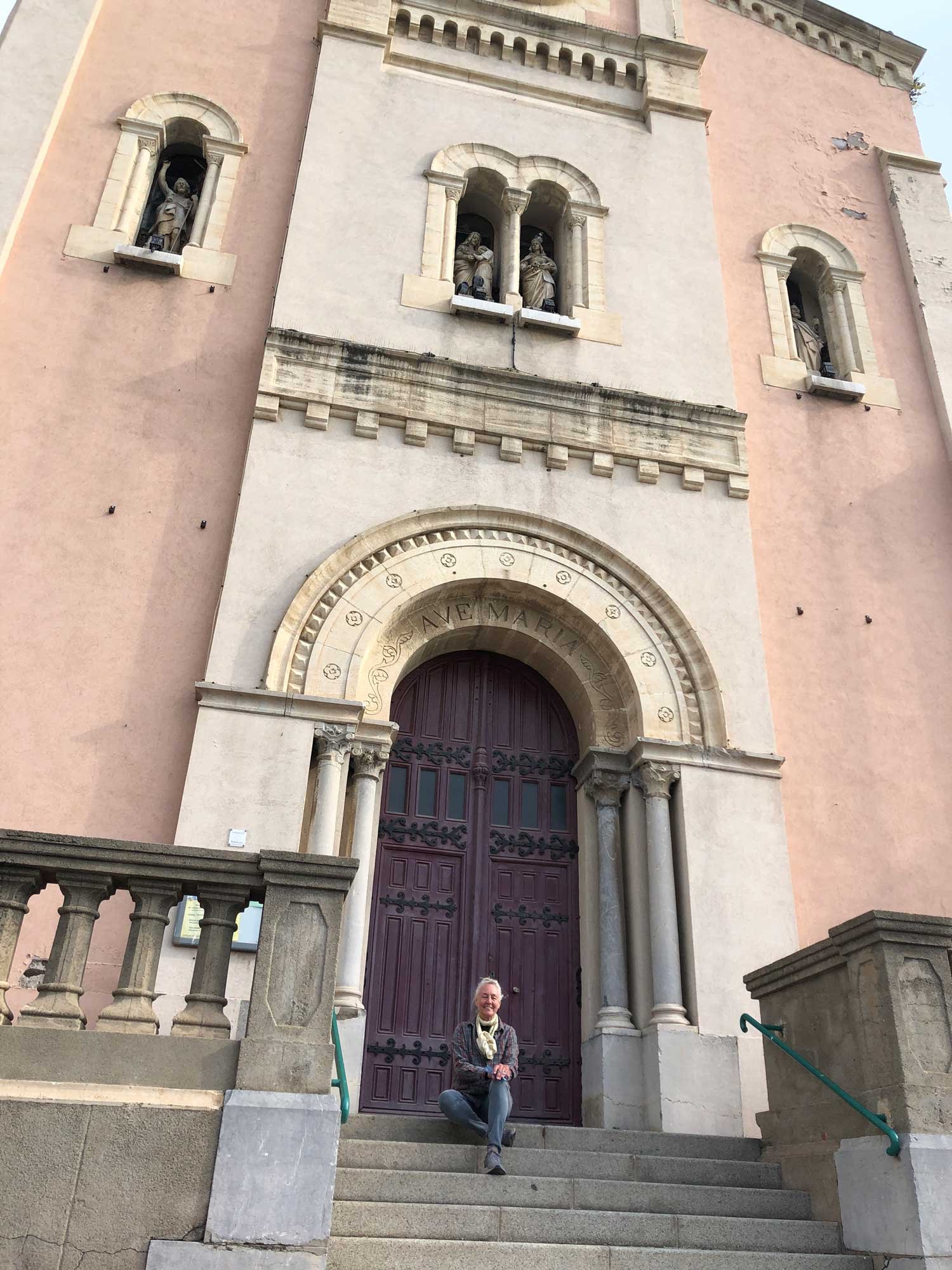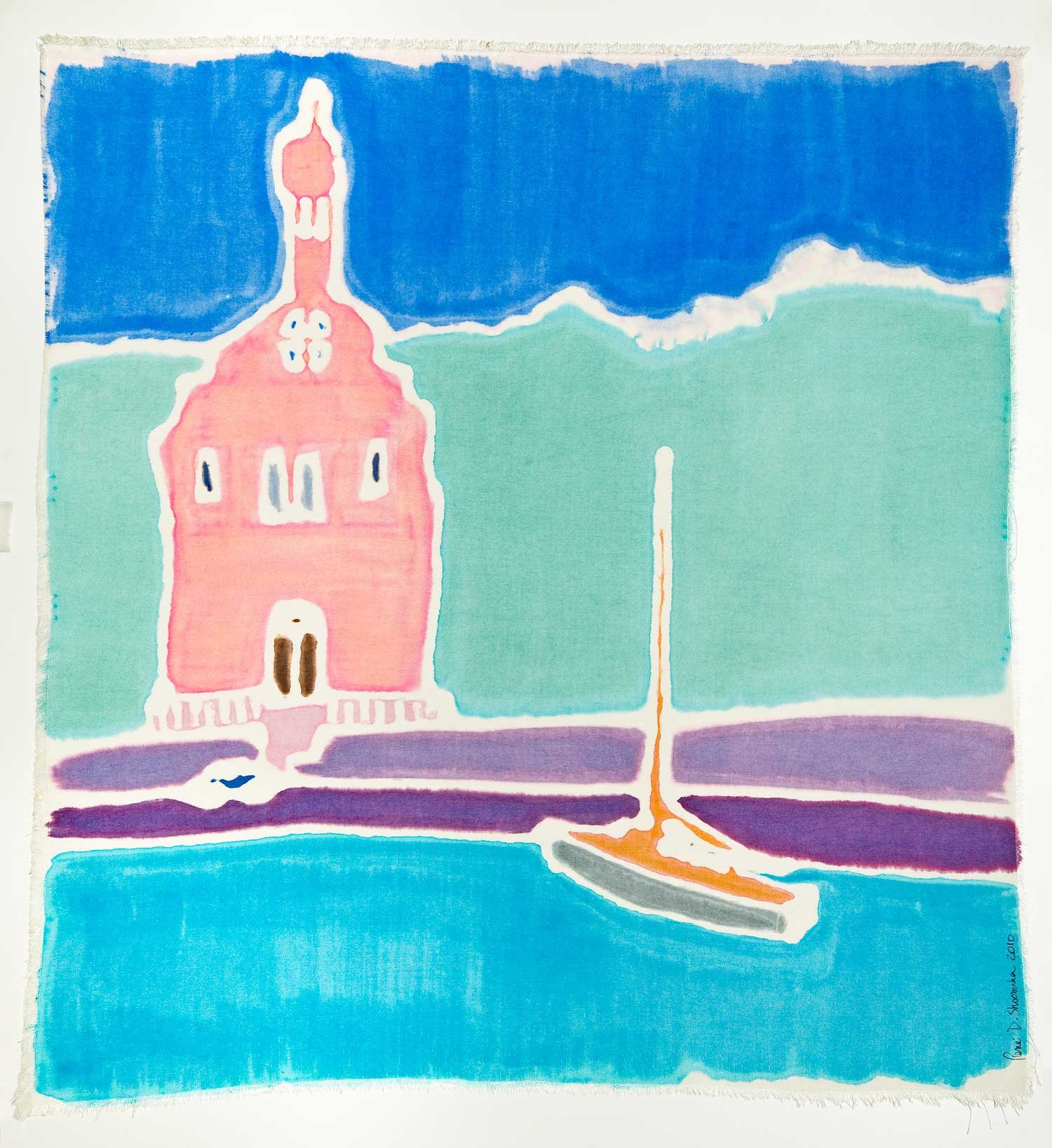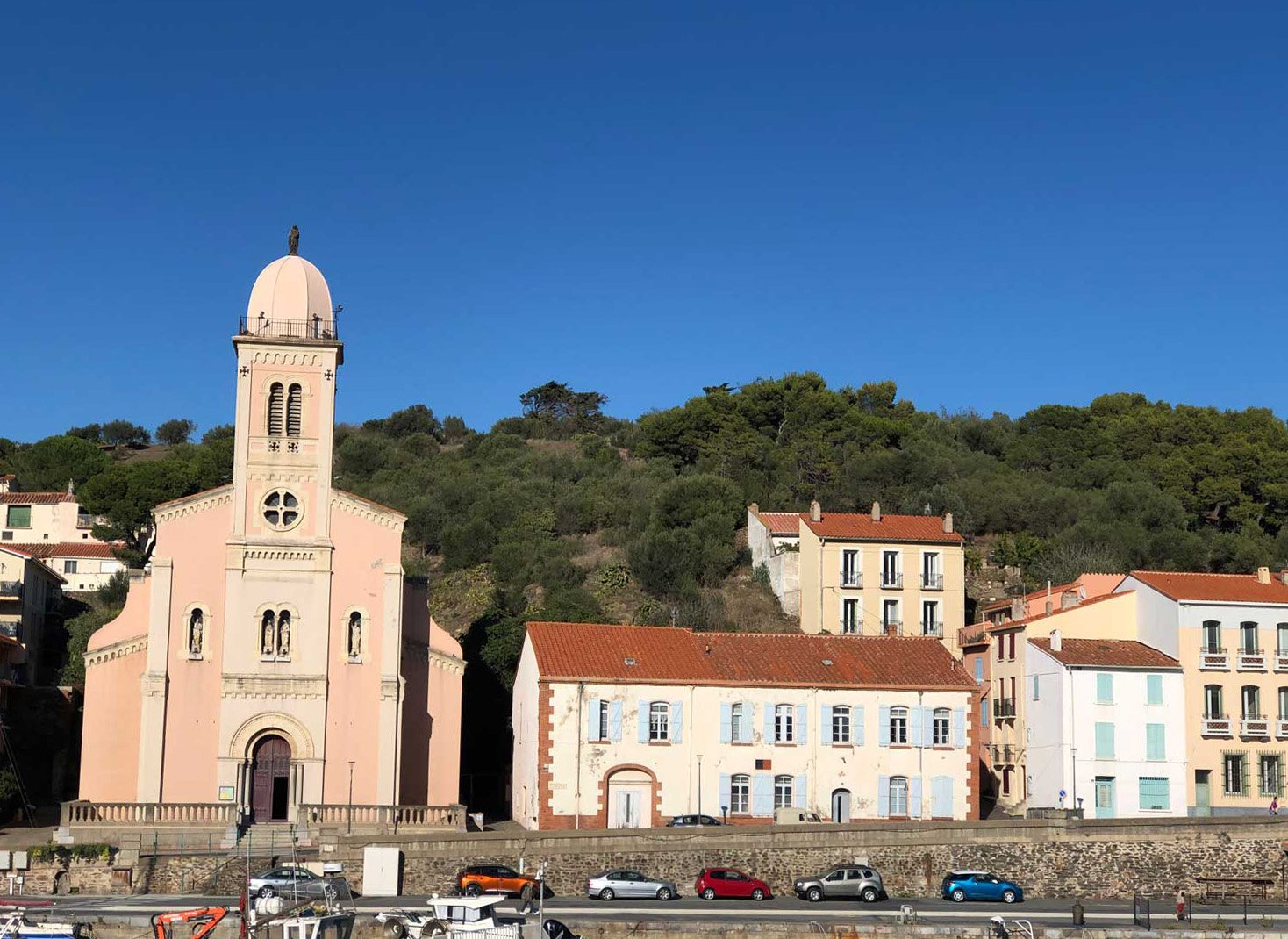Galerie des Marches, Aubusson
What are your favorite ways to express creativity? We are all creative creatures! Is your creative outlet drawing? photography? writing? poetry?
Is it listening to the birds sing, or drawing and painting? Maybe home decor or gardening is your thing.
Creativity is a place of flow and of calmness. It is a beautiful state that we all can grow into. I am delighted to be a creative person, and I understand that creativity comes in many, many forms.
My life is full of love and creativity.
Installation in progress. Galerie des Marches, Aubusson
This week I am hanging an art exhibit at Galerie des Marches in Aubusson.
My art is large and colorful. As I prepared the silk paintings for the exhibition, I fell in love with them once again, as if visiting an old friend.
I am very happy with my art, and I cannot wait to share more images and stories from this exhibit with you!
The opening reception will be held October 1 at 7 pm at Galerie des Marches, 31 rue Vieille, Aubusson, 23200. The exhibit will be open to the public September 29th, but feel free to walk by before then and look in the window—it's going to be quite the display! I'll send the invitation as soon as it is created. For more information, contact the gallery at galeriedesmarches@gmail.com
Treignac, in the Corrèze department, Nouvelle Aquitaine
Earlier this month I spent three wild and wonderful days at a writer’s workshop, surrounded by poets, poetry and prose in the village of Treignac. Designated a Petite Cité de Caractère, this medieval town is situated on the Vézère River.
It is a beautiful location that inspires creativity and connection with my new community of creatives. This was my first time attending a writer’s workshop and I loved every minute of it.
Kate Rose and Sheila Schofield Large, both accomplished poets and poetry event organizers, hosted the workshop. Titled poetry@treignac, it was held at a former thread factory, now a contemporary art exhibition space, the Treignac Projet. It was an inspiring, open space in which to let our creativity soar.
The “Writing Creative Non-Fiction” workshop, led by editor, writer, and publisher Chuck Grieve, was invigorating. I left with a nice chunk of prose, and Sheila Large led a workshop “using the skills of metaphysics to turn details into poetry that has both message and magic.” I loved having that new part of my brain tickled and massaged.
I read both my texts to the group that night and was thrilled to be a writer amongst writers.
My son, Sam Sutlive, is a poet involved in the spoken word community in our hometown, and all weekend I felt like I was channeling his creative skills.
René reading her new poetry
We had workshops, we had gatherings, we had community time, we had readings. We had champagne to launch the Artemesia Arts organization!
I came away a different person.
It was delightful to be surrounded by like-minded people while learning more about myself and my capabilities. I find that I really do enjoy building a community of friends in my adopted country of France.
Tell me, what skills are you learning now?
This just in! Athens Art & Frame just hung my Doors of Athens exhibit plus other work of mine—I think I see a theme here! Click here to see a video of the display, and stop by their shop if you are in Athens!
René Shoemaker painting on exhibit at Athens Art & Frame

















